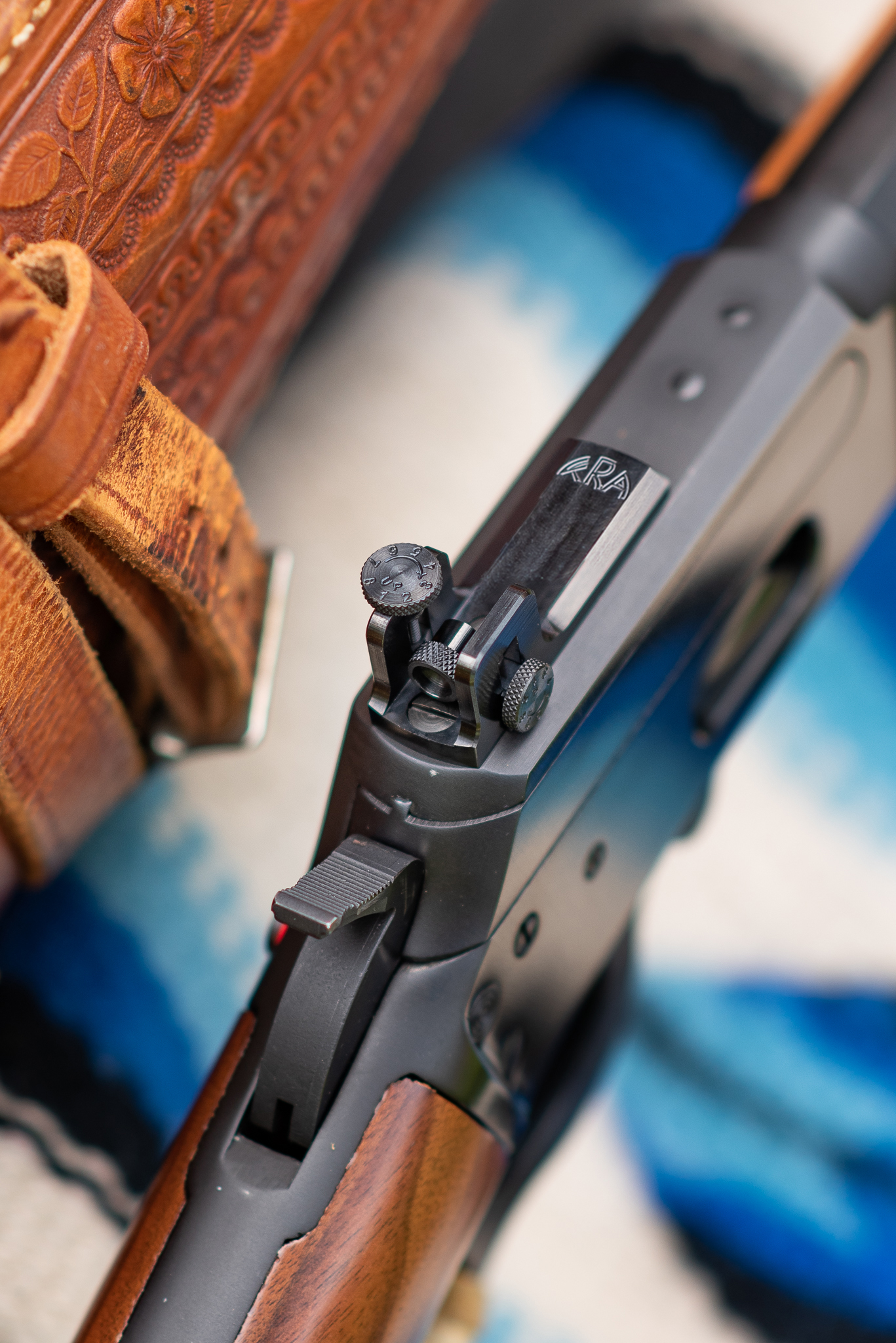
KRA Micrometer Receiver Sight
$165.00
The KRA Micrometer Sight is currently out of stock.
You can join the email list at the bottom of the page to receive an email when they become available again.
This sight is designed to fit Marlin centerfire lever action rifles, such as models 1894, 1895, 444, and 336. It will also fit Henry centerfire lever actions and other Hepburn based designs, such as, the new Smith & Wesson M1854 and the Rossi R95.
- Machined from solid steel bar stock.
- Micrometer “click” adjustable for both elevation and windage.
- Works with most factory front sights.
- Mounts to the top of the receiver using the two rear-most factory drilled and tapped holes.
- Designed to be aesthetically pleasing and to complement the lines of the rifles they are mounted to.
- Hot Caustic Blued, just like your rifle.
- Comes with a .093″ aperture.
- Comes with mounting screws.
- 30 Day Money Back Guarantee
- Lifetime Warranty
The new locking cap is designed to be placed over the elevation screw knob to prevent the knob from unintentionally turning out of adjustment. The cap has a friction or interference fit that is meant to be tight enough that it will not fall off or rattle around, yet still be able to be taken off or put on by hand without tools. This solves the problem of a locking screw needing a separate tool to be able to adjust the sight. It can also be added to any previously made Micrometer Sights.

We’re excited to introduce these to the market as another lever action sight alternative that fills a gap in the current line up of receiver mounted peep sights! The point-of-impact shift per each click is dependent upon the sight radius (distance between front and rear sight), with a 22 inch radius (typical for rifles with a 20″ barrel) the POI shift is about 3/8 MOA (minute of angle), or 0.365” at 100 yards.
Having the ability to adjust your sights an exact known amount without the need for any tools can have several advantages. You can sight a rifle in much more easily without expending as much ammunition with a micrometer sight when you can measure and calculate how many clicks you need to turn a screw, rather than drifting a dovetail an unknown distance or turning a screw without any clicks or graduations. If you use loads that have a much different point of impact and you’ve predetermined what that difference is, you can easily switch between full power and small game loads, or between magnums and specials. If you handload your own ammunition and keep a detailed log book for your loads, you can record the sight settings for each load in your book. Competitive silhouette shooters have also found particular value in these sights.


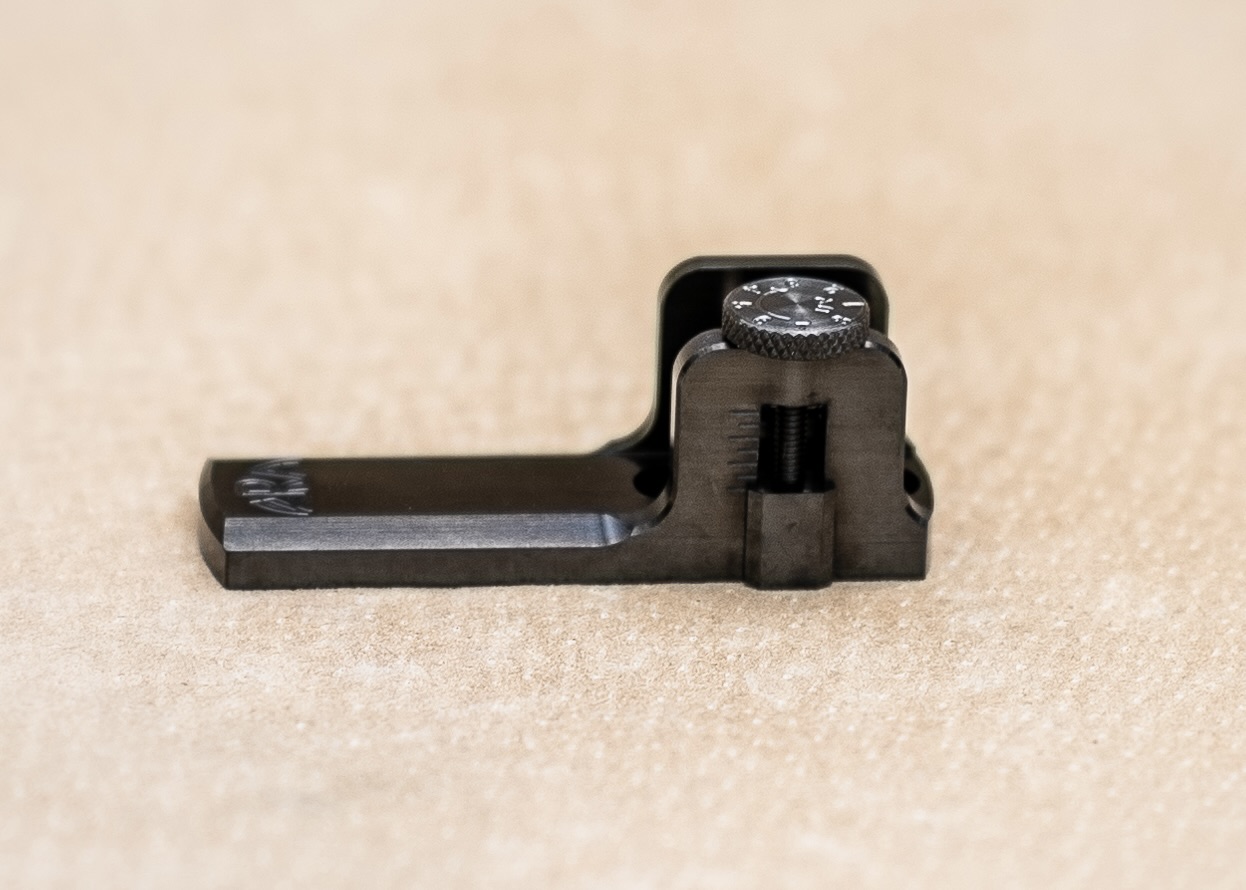
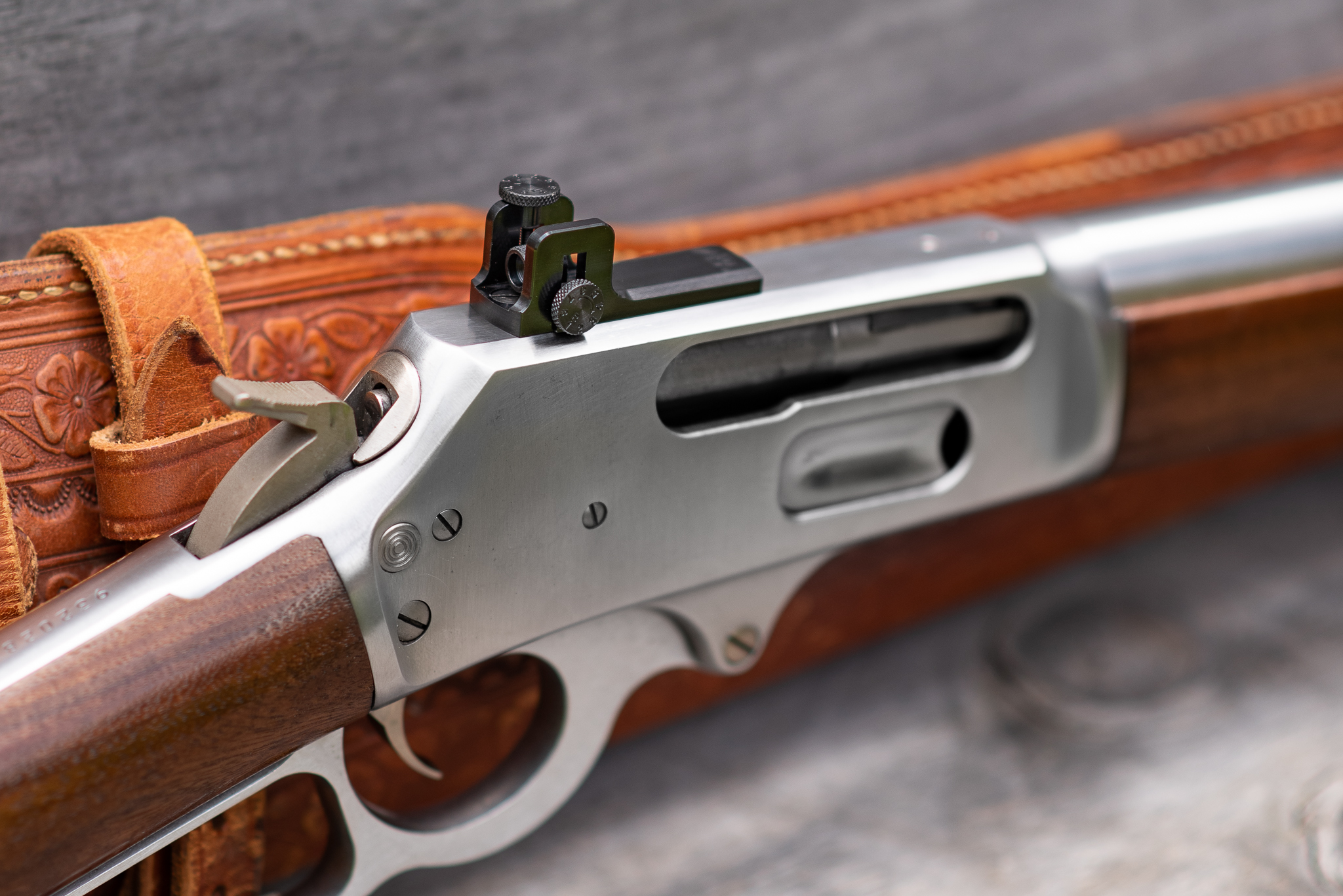
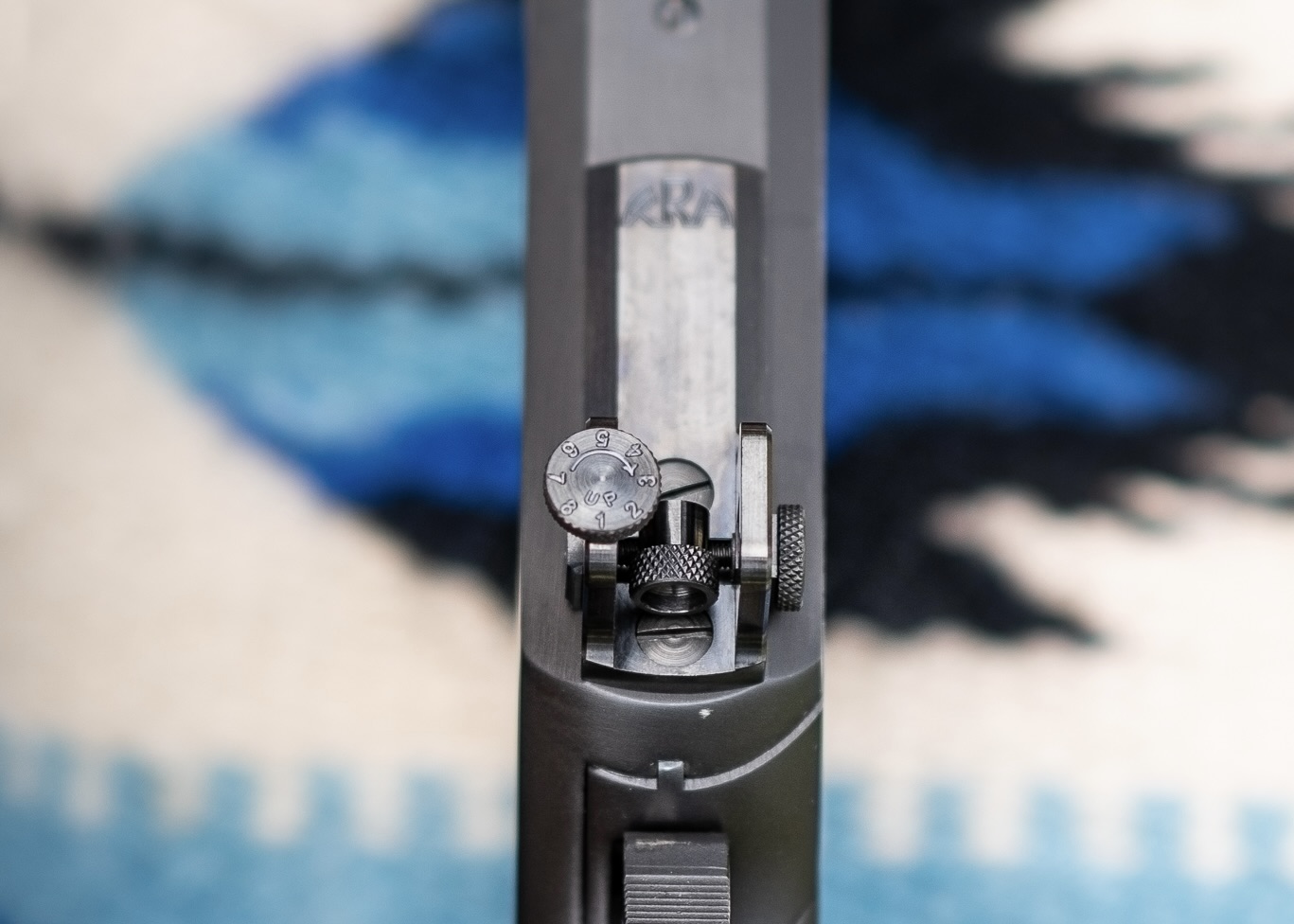
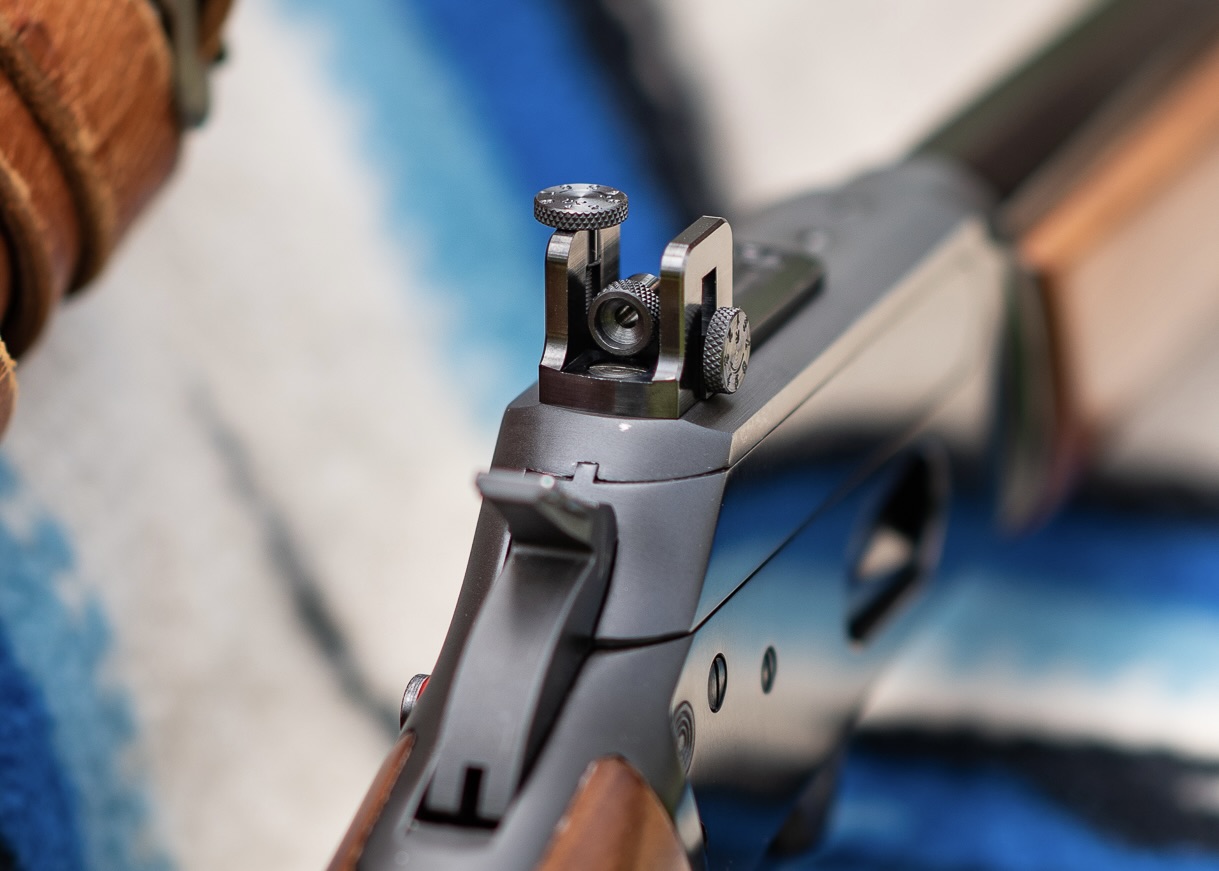
Well over 100 years ago companies like Lyman introduced receiver mounted peep sights. It took quite a while for the peep sight to catch on, but ever since, open barrel-mounted rifle sights have been completely obsolete.
In 1890, Townsend Whelen purchased his first Lyman peep sight for his 22 Remington single shot rifle and became an early adopter for these types of sights. When he was a Lieutenant in the Army in 1903 he outfitted his men’s Krag Jorgensen rifles with receiver peep sights and taught them how to use them exclusively. He and his men won the Army rifle competition that year and were the only ones using peep sights.
With the peep sight, you look through an aperture, a small hole, which can bring both the front sight and target into focus together. Just like the aperture on a camera lens can extend its field of view, the peep sight aperture works the same way with your eye. The larger the aperture is, the less focused the front sight will be in relation to the target, but the brighter the sight picture becomes as more light passes through it. It can be a bit of a balancing act of exactly what size aperture is best suited for a given amount of ambient light. Personally I find that a medium size aperture of .093” to .101” works best for me on a receiver sight for general purpose use, both target shooting and hunting.
I saw the need for a sight that is made of steel, mounts to the top of the receiver, has an aesthetic design that complements the rifle, and is micrometer click adjustable. I am aware of no other sight currently on the market that combines these attributes. This is my design. It is made with old world craftsmanship, by me, in my little shop. Each click moves the aperture .002” for both elevation and windage. I made it sit very low, it will work with most factory front sights. I would still recommend replacing the factory front sight with a thin 1/16″ square post type sight for shooting the smallest groups.
